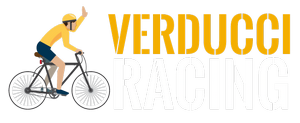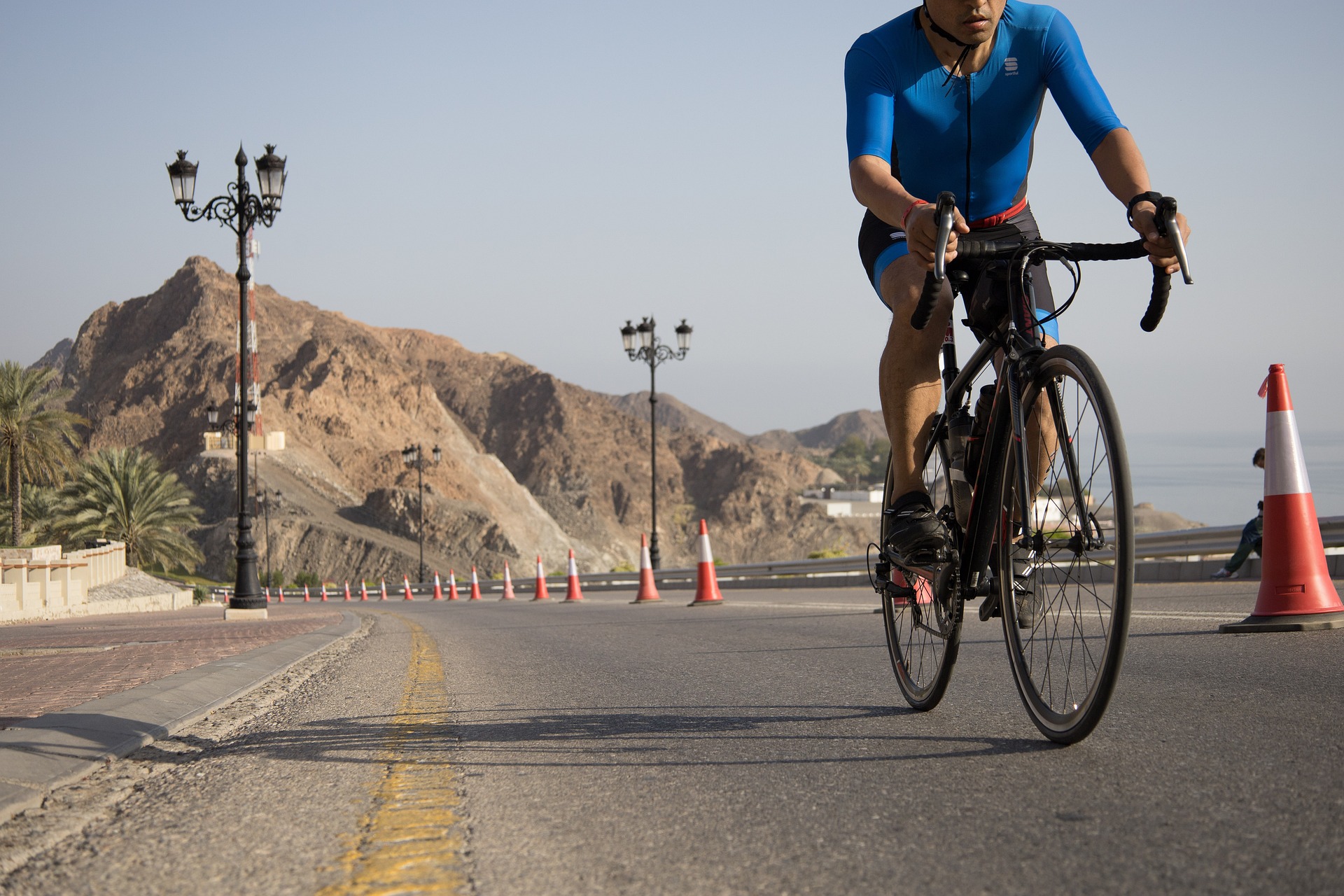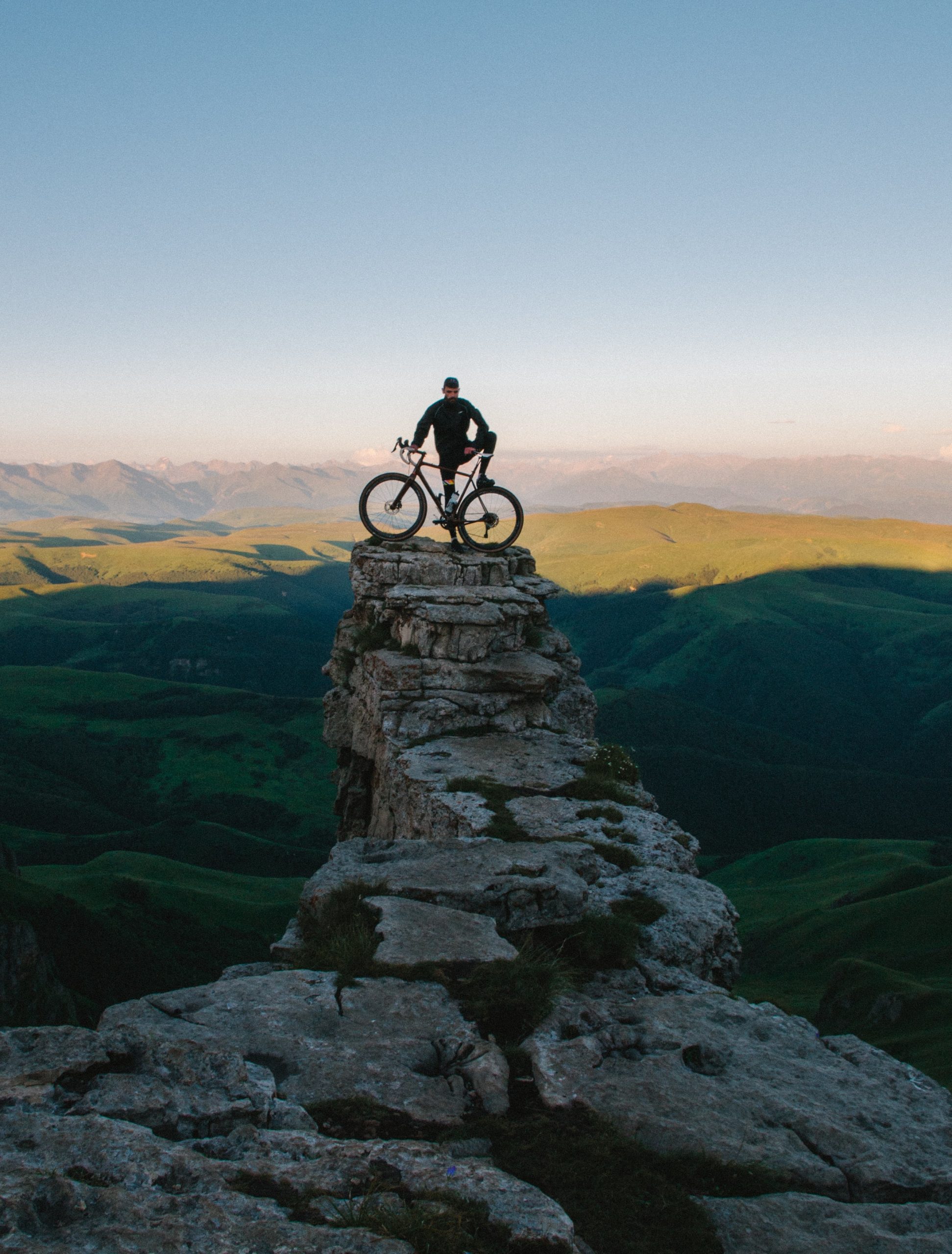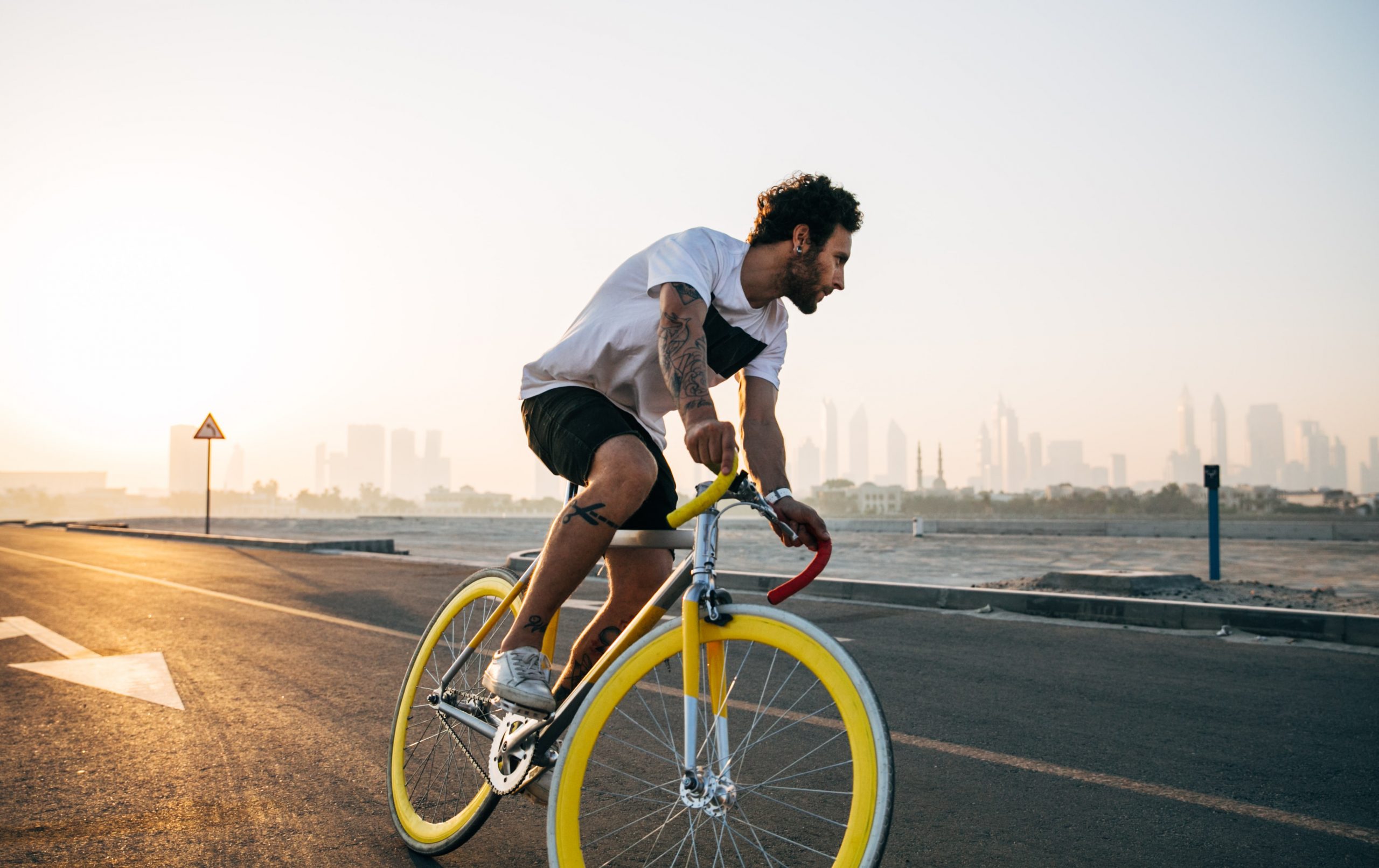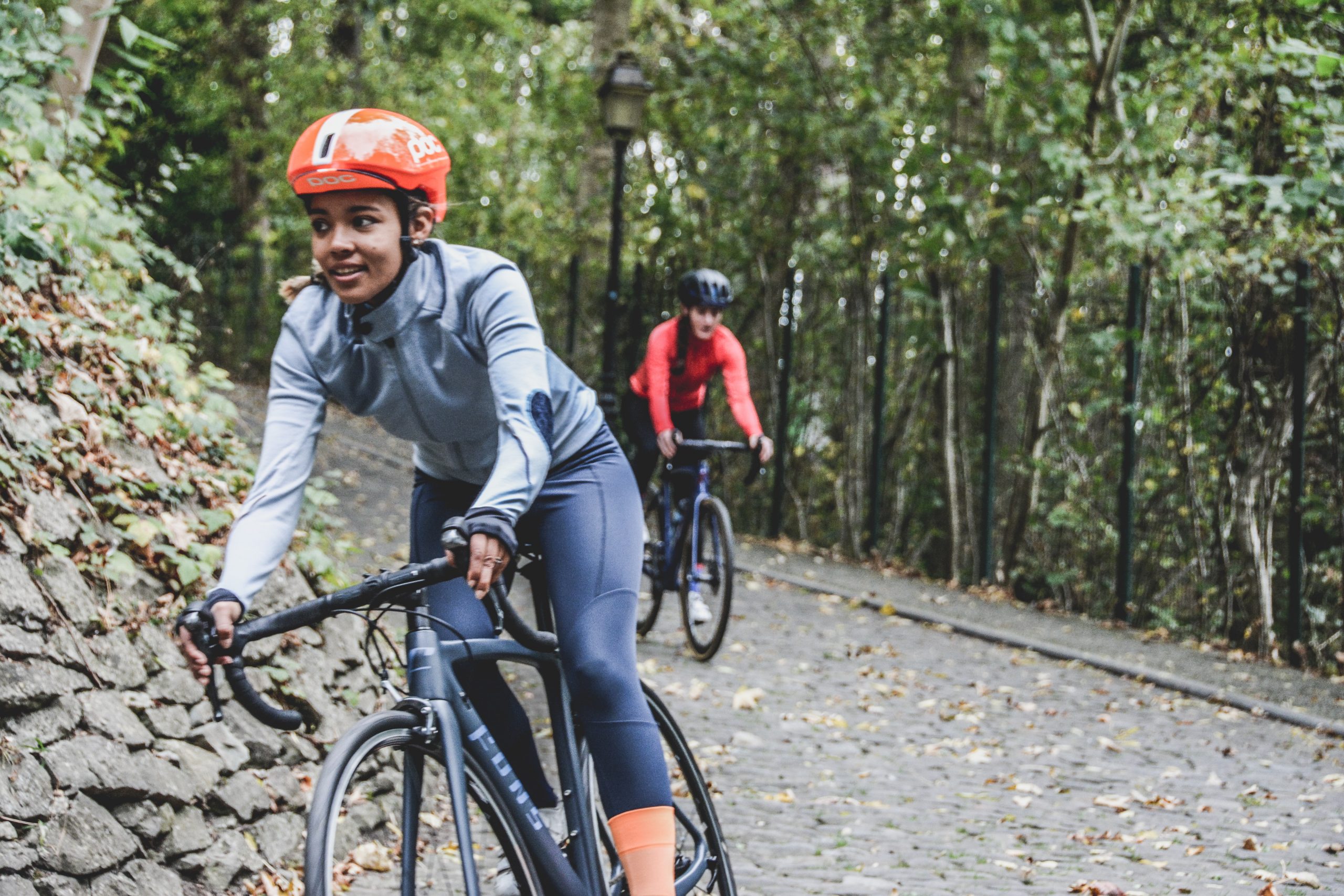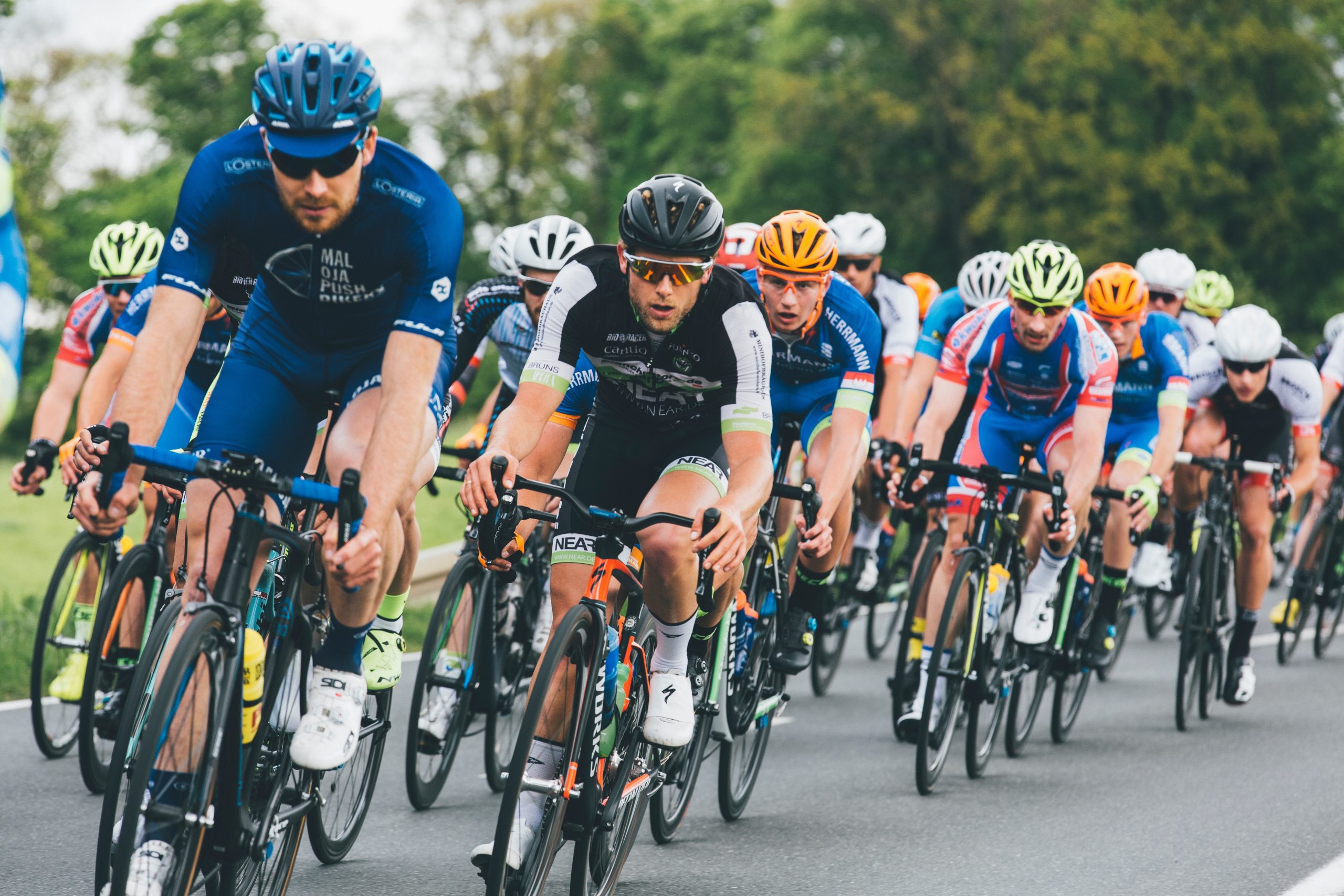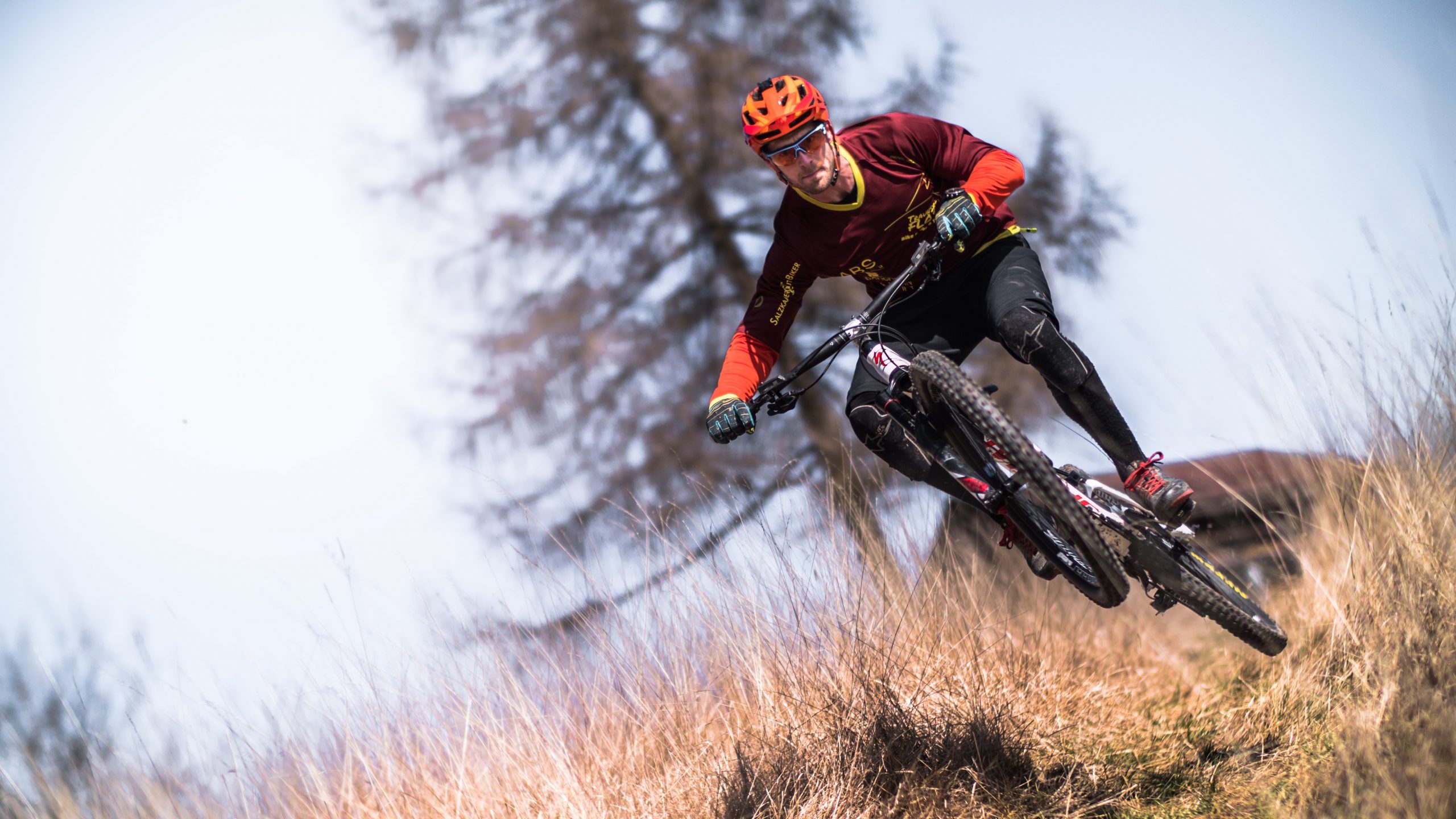1. Get stronger
Canyon-SRAM Pro Cycling’s Tiffany Cromwell says that strength and endurance training is a great way to improve your ability to climb hills. This is when you ride up a climb in a higher gear than usual, at around 50-60 rpm. This can take anywhere from five to 20 minutes. It would help if you allowed yourself enough time to recover and use lighter gear afterward.
Ale Cipollini’s Chloe Hosking suggests mixing uphill training. She recommends focusing on both long and short climbs. A session effective on a punchy climb takes up to one minute.
Penny Rowson, Ex-Matrix Fitness Pro Cycling, believes you should not avoid hills but seek them out. As you get better, you can add more climbing to your rides. Make it more fun, such as changing pace or cadence or riding in and out of the saddle; if you feel like it, go for a Strava segment!
Mel Lowther (Rowson’s former team-mate), now a Team Breeze rider, said that you should not be afraid to climb in training. It’s a way to learn how fast you can ride and how hard you can push your limits.
2. Get there faster
Valentina Scandolara, who rides for WM3 Pro Cycling, says it is essential to cover your brakes when you descend and not push too hard with your front brake.
Please keep your eyes in front of you and break before the corner, not in it. Before you go around a corner, plan your route. Use all of the road widths if the road is closed. Then, cut the corner in the center and then go wide again. To get speed back, stand up and pedal the pedals.
You should use the right gear. It shouldn’t be too heavy, or you will lose balance and energy. But it should be simple. Otherwise, you won’t have the ability to sprint out of corners. Balance yourself in corners by placing your outside foot down. Your bike and weight should also be leaning into each corner.
Penny Rowson recommends you start practicing on the flat to gain essential skills. She suggests that you begin by learning how the bike moves, such as stopping distance, picking the apex, and leaning around corners. Then, slowly increase your speed and learn to control the bike’s flow. Once you feel confident, transfer these skills to downhills.
3. Every ride counts
“Watch at your time frame,” advises Wiggle High5’s Nettie Edmondson. For example, if you have until noon, do a long, steady-paced road ride. These rides are called ‘base km’ and ‘base miles.’ They help improve your overall fitness. If you have only 30 minutes between work and home, why not make it a timed effort and put in the effort to get quality? Give yourself at least five minutes to rest after you have completed your work.
Mara Abbott, an ex-pro rider and former member of Wiggle High5, believes that every rider should have a purpose. You can stay focused and enjoy your time on the bike if you know your ride’s purpose.
4. Ride harder for longer
Nettie Edmondson says, “Make sure to build your endurance slowly for long rides.” If you can handle the long rides, gradually increase them by 30 minutes. You can increase your intensity by adding extra effort when you feel comfortable riding a distance. Start by going out with a group with stronger riders. Then, try to stay with them for one-and-a-half hours. Next, increase it to two hours, then two-and-a-half hours, and so forth.
Mara Abbott believes that riding for longer means being more patient and able to fuel properly. Start slow and eat more than you think. You can always stop when you have to if you are tense about your ability to complete the distance. The comfort of knowing I have the option to go home if I need it makes me more confident and allows me to do more than I would otherwise.
5. Improve your bike handling
Eileen Roe, Team WNT Pro Cycling Eileen Roe, believes that cyclocross is the best method to improve your bike handling skills. Cyclocross requires you to feel the bike move underneath you in the sand, mud, and wet conditions. It should be much easier to control your bike while riding a cyclocross bike.
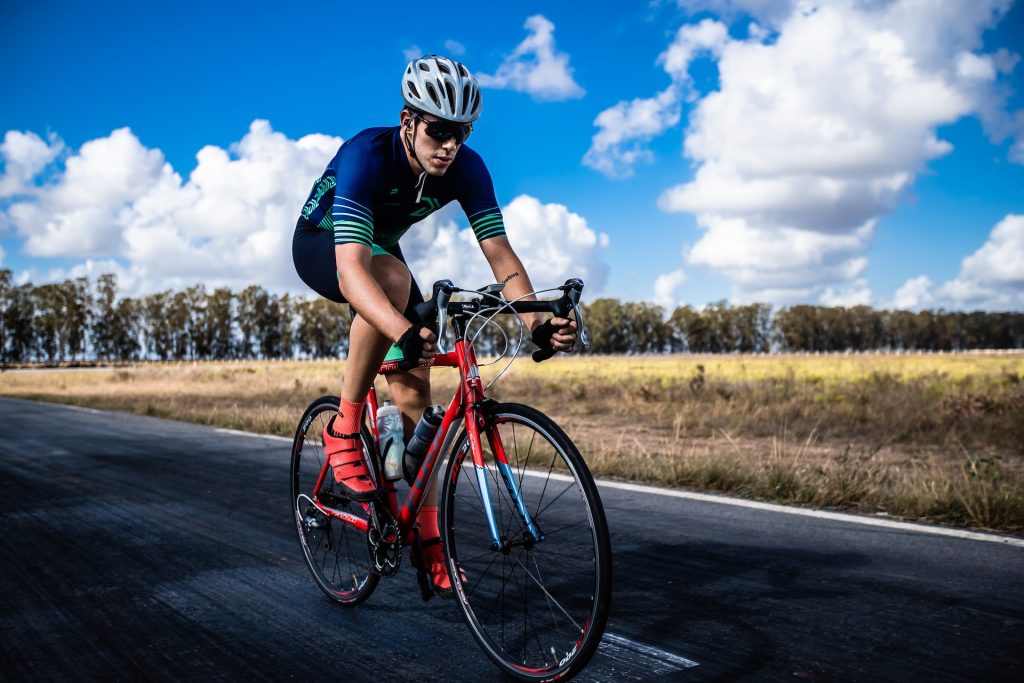
6. Safely ride in a group
Dani King, Cyclance Pro Cycling Dani King says, “Know your limits.” “Ride as close as possible to the front wheel as you are comfortable. Many riders get carried away while riding, which is why I have seen so many crashes during training. Ride with experienced riders to learn good technique and etiquette.
Nettie Edmondson advises that you must pay attention at all times. Accidents can happen when people get distracted. Make sure to keep your eyes on the wheel and the person in front of you. Eye contact is not necessary while riding a bike. If you can, look ahead of the group. This will help you to be more aware of any obstacles that may come. Be vocal and shout if you feel it is likely to cause harm.
7. Keep motivated
Lucy Shaw, Drops Cycling Team’s Cycling Team Manager, advises that you should have a realistic plan for what you want to train each week. Keep it exciting and different. Know why you are doing each session. Try to organize rides with others — it will push you harder and make the ride more enjoyable.
Dani King advises that you must believe in your training and buy it. This is what motivates and inspires me. Knowing that the effort I put in is paying off is motivating.
Mara Abbott says that even if you aren’t motivated, you shouldn’t let it get you down. It’s not a failure to feel unmotivated on a bike ride. It makes it a lot easier to allow yourself to be imperfect.
8. Mentally prepare
Canyon-SRAM’s Hannah Barnes says, “I prepare mentally by planning out my route so that I have a clear understanding of what I will encounter on the ride.” “I also make a huge breakfast. It helps me a lot. An extensive breakfast gives me the confidence to face the day. I also make my ride food every night, so I have something to look forward to.
Mel Lowther suggests staying focused on the time you are riding long distances. I don’t think about the hours before I set out. This makes it easier to get out the door. Think of a place or landmark you could ride to that you couldn’t reach in a shorter distance. It’s something you can do.
Tiffany Cromwell suggests that it is better to concentrate on time than distance when it comes to mental health during long climbs. Break it down into 5- or 10-minute segments to make it easier. When you climb a longer distance (e.g., 10, 20, 30km), it can be prolonged to see the distance.
You’ll find that the climb goes by faster if you can distract yourself from the view, your breathing, or your pedaling technique.
9. Effectively fuel
Laura Kenny, Matrix Pro Cycling’s Laura Kenny, says she likes to eat cereal or porridge before work. She then eats eggs or beans on toast. “On the bike, I have jam sandwiches and a few gels. I eat tiny, about two to three meals per hour. I then try to get a pint or two of milk as soon as I enter the room. Lunch follows closely.
Eileen Roe claims she drinks while riding her bike and eats when she does. My coach told me to be bold, eat or drink gels within the first hour, and take one bottle per hour. Your performance is affected by a tiny amount of dehydration.
10. Make sure you properly recover
Olympic champion Laura Kenny says that people often forget how vital rest is. Rest is as important as training days. I stay off my feet the majority of the day. You need to feel fresh for the next day of training. It would help if you also remembered to eat correctly. It is essential to eat right, but it is also important to eat well.
Chloe Hosking believes that you don’t have to stop riding after a recovery day. To keep things fresh, I often go on mountain bike rides. My muscles are also helped by regular massages, compression clothing, and stretching.
